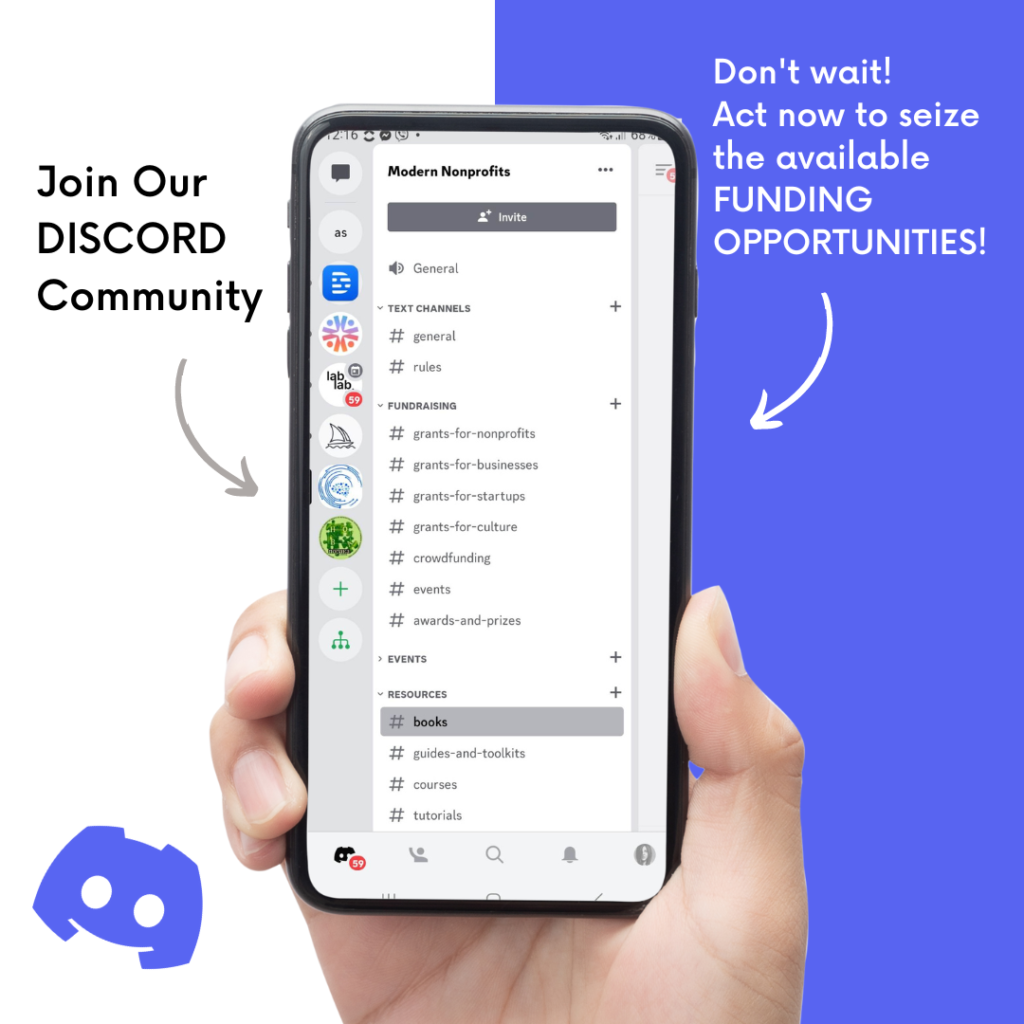The Internet of Things (IoT) has revolutionized the way we live, work, and interact with technology. It’s not just for businesses, either – nonprofits can also benefit from the advantages that IoT provides. In this blog post, we’ll explore how IoT can help nonprofits achieve their goals and better serve their communities.
What is IoT?
IoT is the network of physical devices, vehicles, home appliances, and other items that are embedded with electronics, software, sensors, and connectivity which allow them to connect and exchange data. In other words, IoT refers to the growing trend of everyday devices becoming “smart” and interconnected, enabling them to communicate and share data with each other.

Why is IoT important for nonprofits?
Nonprofits, like any other organization, need to be efficient and effective in order to achieve their goals. IoT can help nonprofits in several ways, including:
- Increased efficiency: By automating tasks and optimizing operations, IoT can help nonprofits save time and resources. For example, IoT sensors can be used to monitor and control energy usage in buildings, reducing utility costs.
- Better data collection and analysis: IoT devices can collect data in real time, providing nonprofits with valuable insights into their operations and the communities they serve. This data can be used to make informed decisions, measure impact, and identify areas for improvement.
- Improved program outcomes: By collecting data on the impact of their programs and services, nonprofits can adjust and improve them to better serve their communities. For example, IoT devices can be used to monitor air quality or water pollution, providing valuable data for environmental nonprofits.
- Increased accessibility: IoT can be used to make services and programs more accessible to people who may not be able to physically access them. For example, IoT devices can be used to create virtual health clinics, allowing people in remote or underserved areas to access healthcare services.

Examples of IoT in nonprofits
Here are some examples of how IoT is being used by nonprofits to achieve their goals:
- Clean water access: Nonprofits like WaterAid are using IoT sensors to monitor water quality in remote areas, providing valuable data for water treatment and distribution.
- Disaster relief: The American Red Cross is using IoT sensors to monitor water levels and weather patterns in disaster-prone areas, enabling them to respond more quickly and effectively to emergencies.
- Health care: Nonprofits like Medtronic Foundation are using IoT devices to monitor patients with chronic conditions, allowing for more personalized and proactive care.
- Energy conservation: Nonprofits like the World Wildlife Fund are using IoT sensors to monitor and control energy usage in buildings, reducing costs and carbon emissions.

Conclusion
IoT is a powerful tool that can help nonprofits achieve their goals and better serve their communities. By automating tasks, collecting data, and improving programs, nonprofits can be more efficient and effective in their work. Whether it’s monitoring water quality, responding to emergencies, or providing healthcare services, IoT can help nonprofits make a positive impact in the world.

Implementing the Internet of Things (IoT) in the Nonprofit Sector
Implementing the Internet of Things (IoT) in the nonprofit sector can provide a wide range of benefits, from increasing efficiency to improving outcomes. Here are some steps to implement IoT in the nonprofit sector:
- Identify your needs and goals: Determine what you hope to achieve by implementing IoT in your nonprofit. Do you want to streamline your operations, reduce costs, or improve your ability to collect data and analyze it? By identifying your goals, you can focus on the areas where IoT will have the greatest impact.
- Choose the right IoT devices: There are a variety of IoT devices available, including sensors, beacons, and smart cameras. Choose the devices that are best suited to your nonprofit’s needs and goals.
- Develop a plan for data collection and analysis: IoT generates a lot of data, so it’s important to have a plan in place for how you will collect and analyze this data. Determine what data you need to collect, how often it needs to be collected, and who will be responsible for analyzing it.

- Choose the right connectivity options: IoT devices need to be connected to the internet in order to transmit data. Choose the right connectivity options for your nonprofit, such as Wi-Fi or cellular connectivity.
- Implement IoT devices and train staff: Once you have chosen your devices and developed a plan for data collection and analysis, it’s time to implement the IoT devices. Train staff on how to use the devices and interpret the data generated.
- Monitor and evaluate: Monitor the data generated by the IoT devices to ensure they are meeting your nonprofit’s needs and goals. Evaluate the data regularly and make changes as necessary to improve outcomes.
By following these steps, your nonprofit can successfully implement IoT and enjoy the many benefits it provides, such as increased efficiency, cost savings, and improved data analysis.


